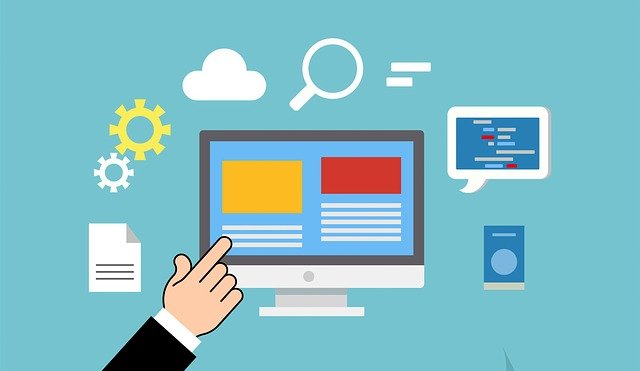Salesforce Engage is a powerful tool that allows businesses to engage with customers through personalized, automated email campaigns. It is a part of Salesforce’s Marketing Cloud and can be easily integrated with other Salesforce products. In this guide, we will provide a comprehensive overview of Salesforce Engage and show you how to implement it in your business.
First and foremost, it is important to understand the benefits of Salesforce Engage. With this tool, businesses can increase their reach and engage with more customers through targeted, personalized email campaigns. It also allows for easy tracking and analysis of email performance, which can help businesses optimize their campaigns for better results.
Before you begin implementing Salesforce Engage, it is important to ensure that your system meets the requirements and that you have the necessary user roles and permissions set up. Additionally, it is important to plan for any data migration and integration that may be required.
Setting up Salesforce Engage involves creating the Engage connection, configuring settings, and setting up campaigns. This includes creating and managing Engage emails and tracking performance, as well as creating and managing Engage cadences.
Once Salesforce Engage is set up, it is important to utilize its advanced features, such as personalization and segmentation, A/B testing, and integrations with other Salesforce products. Following best practices, such as email best practices, cadence best practices, and reporting and analytics best practices, can also help you to achieve optimal results.
In the event that you encounter any issues, it is important to have a troubleshooting plan in place and to know where to find additional resources and support.
When it comes to preparing for the implementation of Salesforce Engage, one of the most important steps is to ensure that your system meets the requirements. This includes having a Salesforce Marketing Cloud account and making sure that your system has the necessary hardware and software to support the tool. Additionally, it is important to set up the correct user roles and permissions to ensure that the right people have access to the tool and can properly use it.
Data migration and integration is also important aspect to consider when preparing for the implementation of Salesforce Engage. This includes ensuring that your customer data is properly synced with the tool and that any necessary integrations with other Salesforce products are set up.
Once your preparation is complete, you can move on to setting up Salesforce Engage. This includes creating the Engage connection, which allows you to connect your Salesforce Marketing Cloud account to Salesforce Engage. Next, you will need to configure your Engage settings, such as the sender email address and the bounce-back email address. Finally, you will need to set up Engage campaigns, which can include creating and managing Engage emails and tracking performance, as well as creating and managing Engage cadences.
When it comes to using Salesforce Engage, it is important to take advantage of its advanced features. These include personalization and segmentation, which allows you to target specific groups of customers with personalized messages. A/B testing is another advanced feature that allows you to test different versions of your emails to see which one performs best. Integrations with other Salesforce products can also be a valuable tool, as it allows you to seamlessly integrate Salesforce Engage with your other Salesforce tools.
It is also important to follow best practices when using Salesforce Engage. This includes following email best practices, such as using a clear and concise subject line, and cadence best practices, such as not sending too many emails too frequently. Additionally, it is important to follow reporting and analytics best practices, such as regularly analyzing your email performance and making adjustments as needed.
In the event that you encounter any issues, it is important to have a troubleshooting plan in place and to know where to find additional resources and support. Salesforce offers a variety of resources, such as a knowledge base and community forum, that can be helpful when troubleshooting. Additionally, it is important to consult with a Salesforce specialist or a Salesforce Engage expert to ensure that your implementation is successful.
In conclusion, Salesforce Engage is a powerful tool that can help businesses increase their reach and engage with more customers through personalized, automated email campaigns. By following this guide, businesses can successfully implement Salesforce Engage, take advantage of its advanced features and achieve optimal results.
In conclusion, Salesforce Engage is a powerful tool that can help businesses increase their reach and engage with more customers through personalized, automated email campaigns. By following this guide, businesses can successfully implement Salesforce Engage and achieve optimal results.
































































